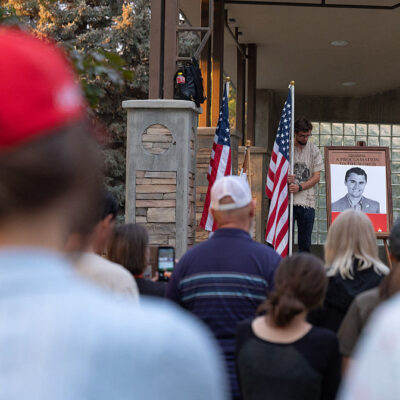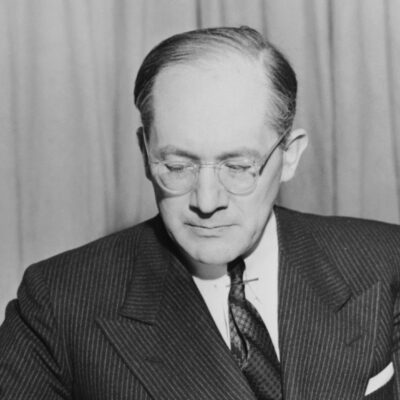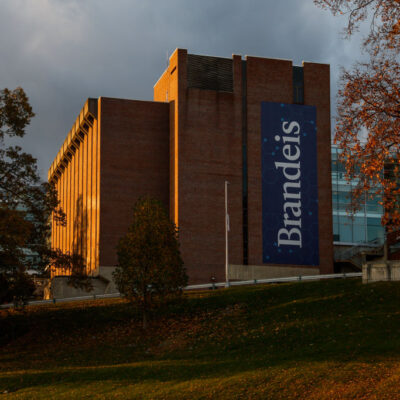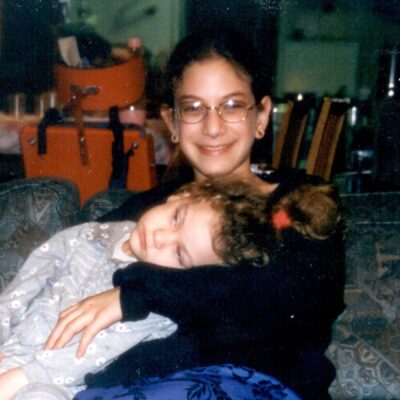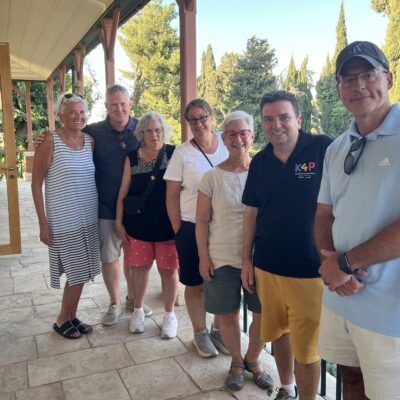Opinion
RECALIBATION IN EDUCATION
Widening the frame: Rethinking how we understand impact in Jewish learning
In Short
Accounting for the range of impact of Jewish learning experiences will better position us as educational designers
In recent years, the Jim Joseph Foundation has invited the field to reconsider how we think about Jewish identity and Jewish learning. We’ve resisted easier, but less helpful, binary categories — like affiliated vs. unaffiliated or in vs. out — and encouraged more nuanced language that reflects the complexity of how people relate to their Jewish selves. We’ve asked how educators and institutions can better understand learners in context, not as blank slates but as individuals who bring many parts of themselves to their learning experience: personal histories, emotions and experiences. And we’ve looked to research in the learning sciences to better understand how people actually learn — not just what they’re taught or what we want them to know.
As more programs reach more diverse audiences in more expansive ways, one insight has become increasingly clear: impact is relative.

mintra/Adobe Stock
The same experience that might feel like a light touch to one person may open an entirely new possibility of connection or meaning for someone else. What feels familiar to one learner might feel disorienting, expansive or deeply personal to another. These differences reflect the richness of Jewish life today — and the need for evaluation frameworks that can capture the range of outcomes appropriate for different learners.
This doesn’t mean content, fluency or frequency no longer matter. But if we’re serious about engaging the full diversity of Jewish learners, we need to ask different questions that factor in a learner’s orientation, their own schemas. What are we paying attention to? What are we missing? And how might we widen the frame of what counts as success?
A wider circle of learners
The majority of Jews in North America are not deeply immersed in Jewish institutional life. Many are spiritually curious, culturally engaged with Judaism or searching for meaning — but haven’t found a lasting home in traditional Jewish spaces, let alone spaces that include Jewish education. For these learners, the most resonant Jewish experiences are often emotional, social or creative. They may show up as a moment of connection, a burst of curiosity or a sense of unexpected recognition and realization that “Jewish” can be something entirely different.
These outcomes may not look like “depth” in traditional terms — but they are deeply meaningful. And they are often the starting point for lasting engagement.
Across many programs in the field — including those supported by the Jim Joseph Foundation — we know based on frequent evaluation that rich content, thoughtful pedagogy and meaningful Jewish ideas are being delivered. What we’re exploring is not the quality of the material itself, but whether our evaluation frameworks are evolving to capture the full range of impact these experiences can have, particularly for learners who are less connected to traditional Jewish institutions and pathways.
Some in the field are already working toward this shift. Still, it remains challenging to assess outcomes for those whose Jewish journeys unfold outside familiar models.
If we want to meet the full diversity of Jewish learners, account for where they are and support their growth toward belonging, purpose and identity, we need frameworks that reflect that ambition. These frameworks are not meant to lower standards; they are meant to broaden what we understand to be meaningful.
A learning agenda, not a finished model
Decades of research in learning sciences, identity studies and behavioral psychology support the idea that emotion, context and relationships play a critical role in shaping how people learn and grow. Jewish learning is no exception.
And for learners who have limited prior exposure to Jewish life, those emotional and social cues may matter even more than the intellectual content itself — at least at the outset.
Across the Jim Joseph Foundation’s Emergent Strategy, we’re seeing that meaningful Jewish growth often happens in experiences that don’t fit traditional molds. They may be brief, digital, aesthetic or episodic. But they are real. And they often serve as entry points into deeper exploration.
Rather than judging these experiences by how closely they resemble legacy formats, we need to ask: Did they spark connection? Did participants feel a sense of belonging and resonance? Was a perspective shifted and a possibility opened? Were new important questions provoked?
If the answer is yes, that’s not a side effect. That’s impact.
Making room for what’s emerging
This isn’t about rejecting what came before. It’s about making room for what’s emerging; about building a shared language that can describe success more fully (i.e., how relevance and resonance is achieved) and reflect the full humanity of the myriad people we aim to serve.
We know Jewish learning isn’t just about mastery. It’s about meaning. It’s not just about what we teach — it’s about what people carry with them. And when we recognize that learning can happen in many forms, at many paces, with all people and many outcomes, we open the door to a more inclusive and better understanding of the promise of what Jewish education can achieve.
Rachel Heiligman is the strategy advisor and senior portfolio lead of R&D at the Jim Joseph Foundation.
Stacie Cherner is the director of research and learning at the Jim Joseph Foundation.

 Add EJP on Google
Add EJP on Google